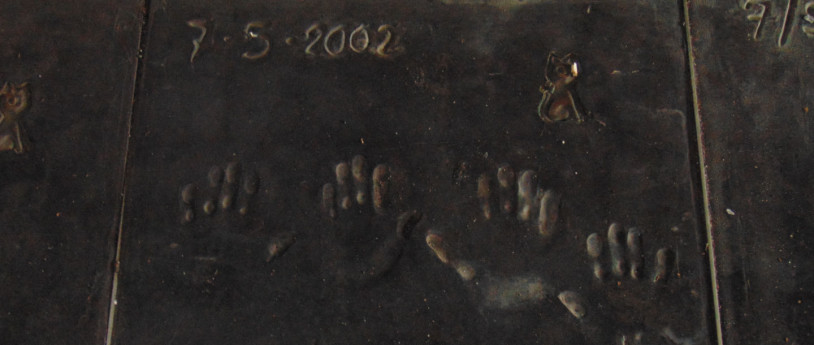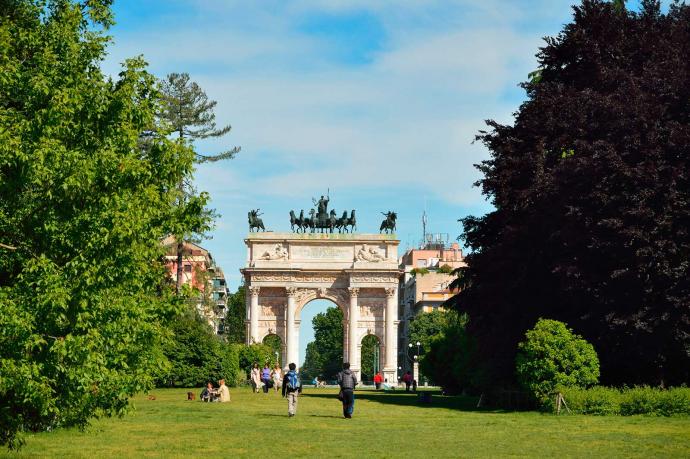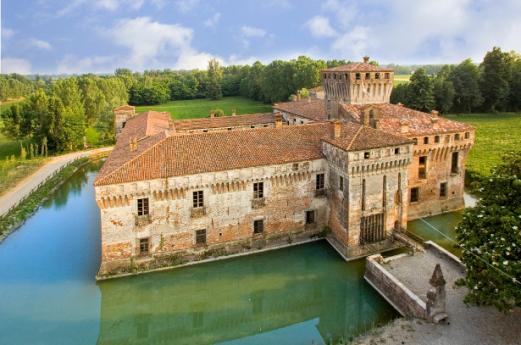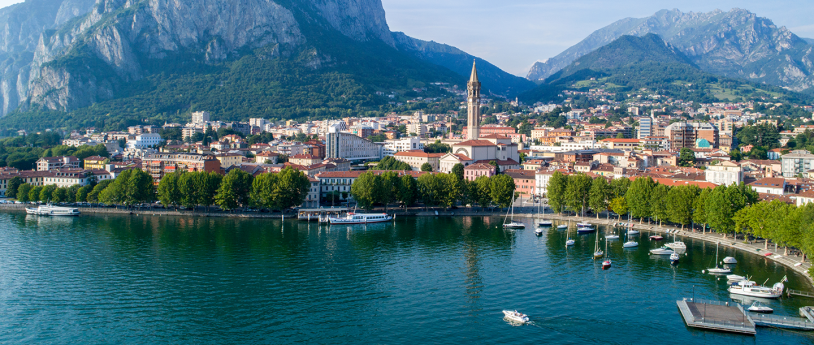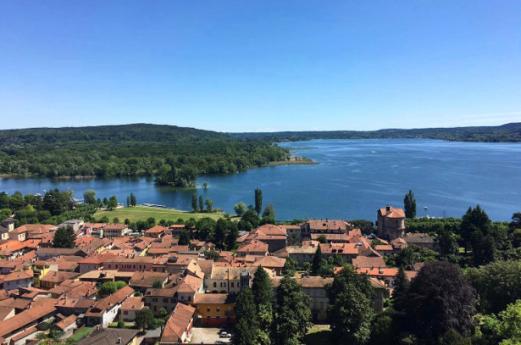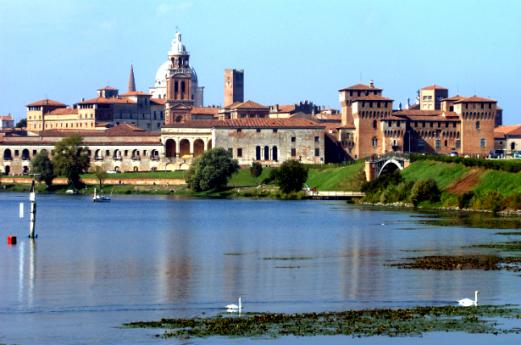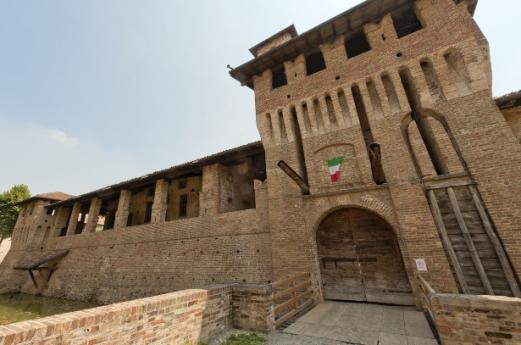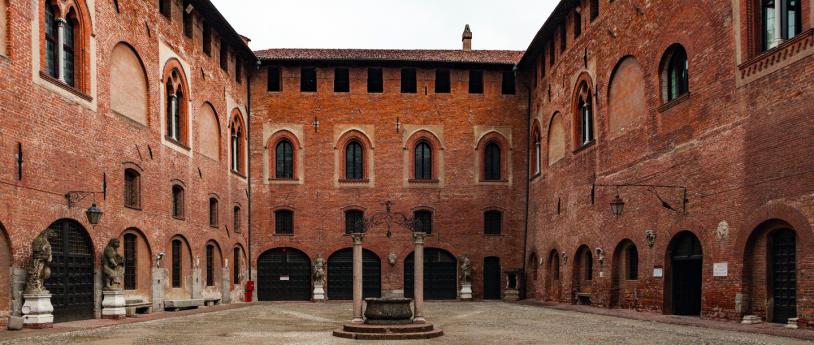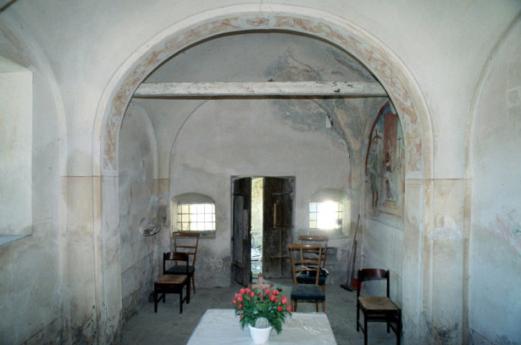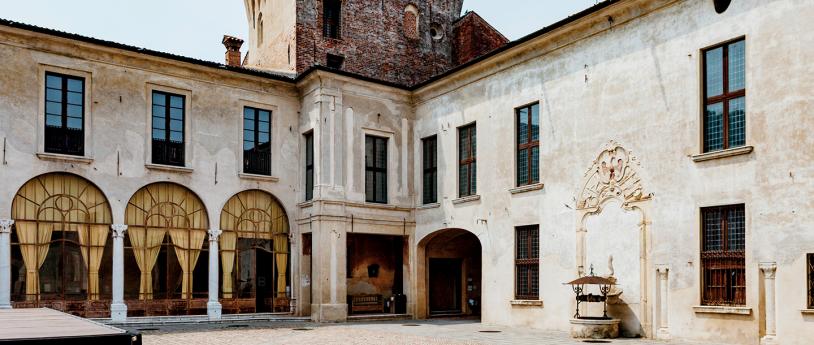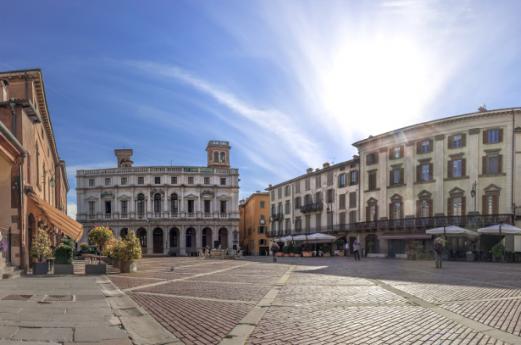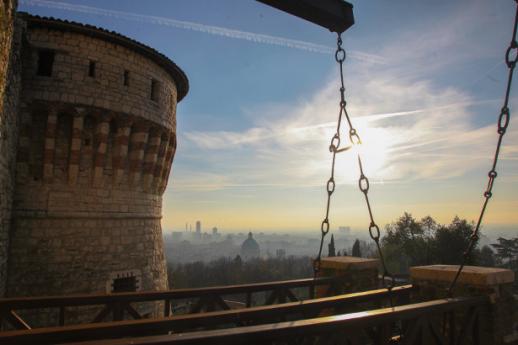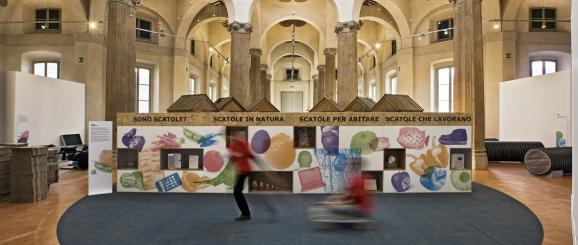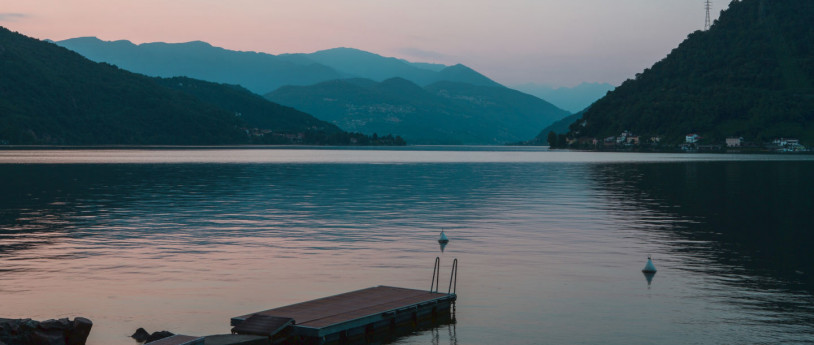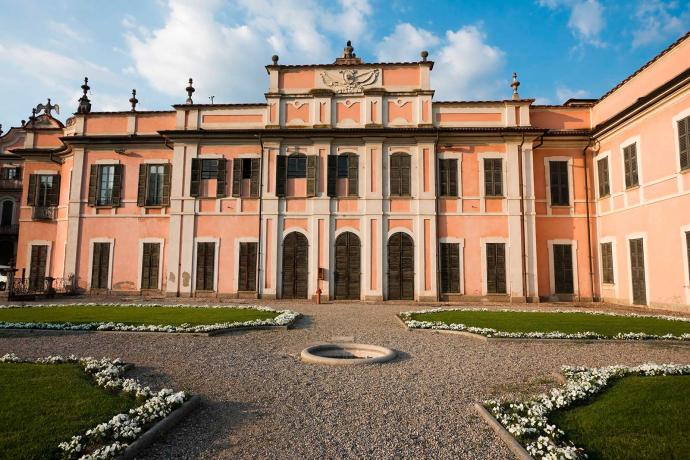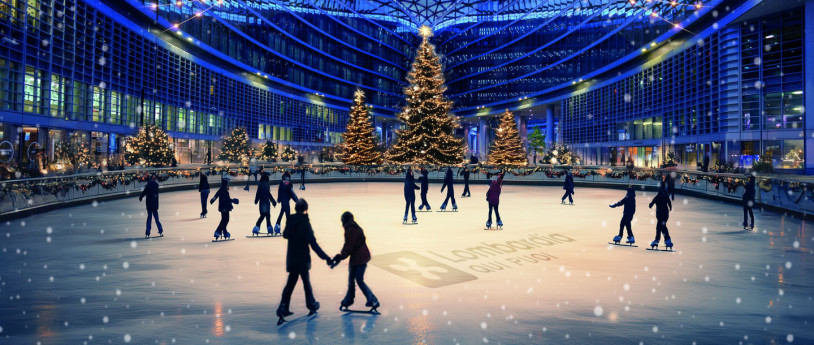- Discover Lombardy
- Milan
- Strolling through Milan's southeastern agricultural park
The history of these places is full of great events involving the noble families who ruled it.
The main war conflicts of Milanese history from Frederick Barbarossa to the Italian Risorgimento took place on this territory. Great impetus was given by the work of the Cistercian monks who reclaimed much of this land from the 13th-14th centuries. They introduced and implemented the irrigation system still largely visible today, which made the Milanese plain one of the richest and most productive places in Italy.
Devoting a day to the South Milan Agricultural Park , one can realize what the essence of this vast area is. Farmsteads, farmhouses, historic building complexes, the Navigli canals--a varied agricultural and historical picture.
A myriad of points equipped for recreation, culture and leisure, for walking, trekking, boating, cycling, wine and food; with restaurants, trattorias and monuments placed within a qualified metropolitan agricultural environment.
Take advantage of the heritage present within this protected agricultural area by identifying the four different purposes that gave rise to the Park: nature, landscape, history andagriculture.
Always take a good look around you: the uniqueness of this area will surprise you in every season, with visions, scents, colors and flavors that are always different and never the same.
-
Cover image: IG roseandsword
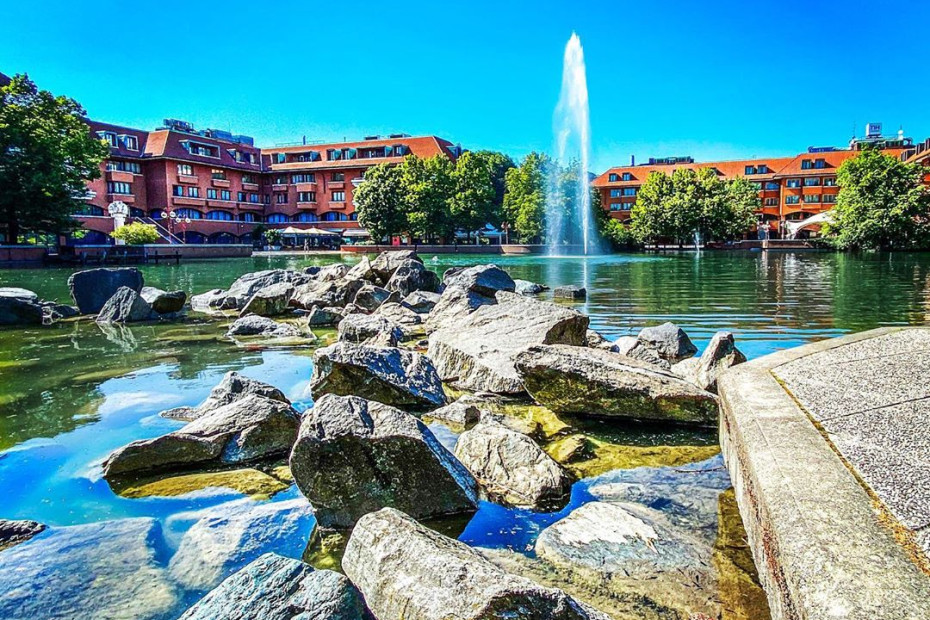
The former Segrate City Hall is a work of architecture in the sphere of Italian Rationalism in that it anticipates, in the almost "Roman" and monumental roundness of its volumes, the new postmodern form of expression. Mondadori's headquarters, by Brazilian architect Oscar Niemeyer, former creator of the South American capital Brasilia, is significant. The complex, surrounded by a large lake, consists of three elements: a large parallelepiped with characteristic arches and two lower, sinuous bodies that seem to spill out of the central body. Novegro is home to the large exhibition complex.
Ph: IG enzomaria_serafini
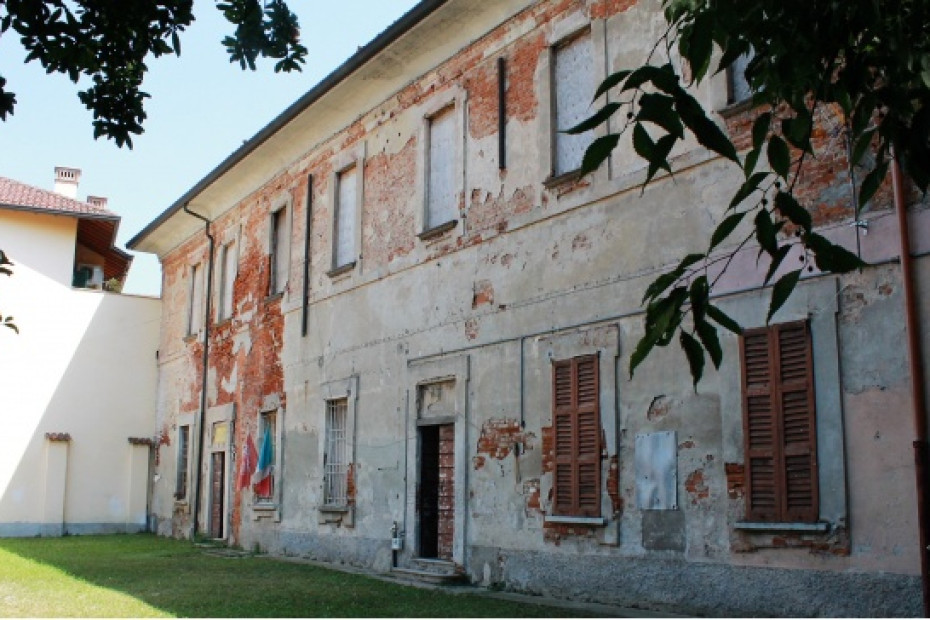
The early 18th-century Weigh Palace has decorations around the doors and windows of original and graceful taste, and the interiors show coffered ceilinged rooms. Villa Opizzoni presents itself as a building with a U-shaped plan, with a ground-floor pentaporticus in the central part, archivolted, while in the wings, one could glimpse the entrances leading to the villa's stables and storerooms. Villa Trasi was already visible in the cadastre of Maria Theresa of Austria (1764): Owned at that time by the marquises Rescalli, in the mid-19th century it was acquired by the Trasi and then by the Trevisini.
Ph: primalamartesana.it

It is set in the fontanili area, irrigated by an intricate network of irrigation ditches and canals partly derived from the Martesana canal. There is no shortage of extensive green and agricultural areas or respectable architectural works, such as the splendid Trenzanesio estate, maintained as a park, with fallow and deer visible along the Rivoltana, around a 16th-century villa that once belonged to the Litta family: since 1955 it has belonged to the Invernizzi family, now managed by the Foundation of the same name. Also worth mentioning is Casa Gola, a 14th-century monastery and then farmstead, now home to the Herbarium, Botanical Museum of the Province of Milan/South Park.
Ph: ecomuseomartesana.it

Located on the plain between the Muzza Canal and the Martesana Canal: its name appears in the 16th chapter of Alessandro Manzoni's novel, which describes the passage through this area of Renzo Tramaglino, who was fleeing Milan. Among the noteworthy historical-architectural testimonies are the parish church of Santi Giorgio e Lorenzo, built in 1180 on a Roman settlement (as evidenced by some archaeological finds near the church), retains its original Romanesque appearance inside, and the town hall, dating from the second half of the 19th century.
Ph: IG allyale82
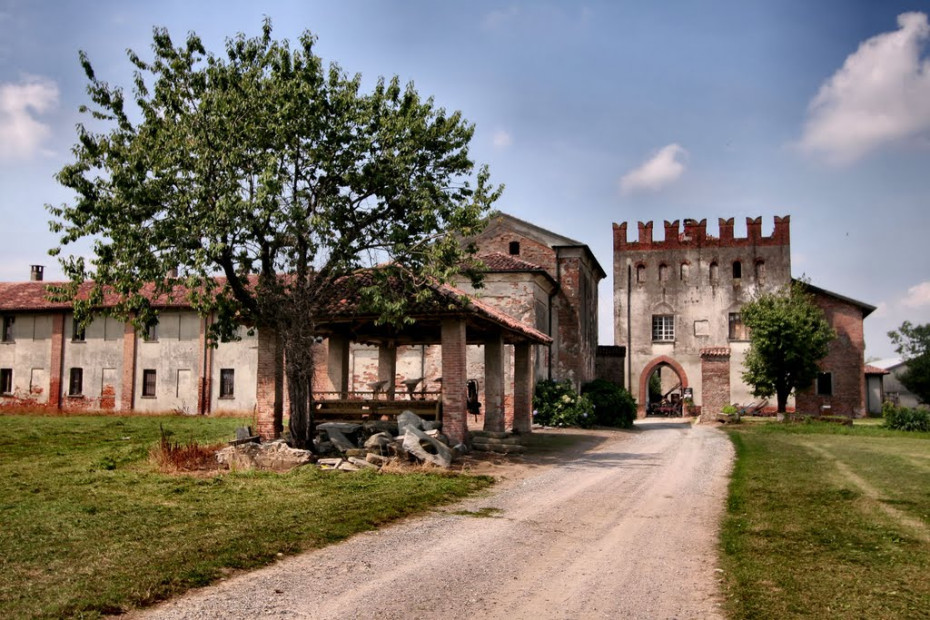
The origins of the locality date back to Roman times, the remains of a road built in the time of the Emperor Tiberius (1st century AD) having been found: on a medal of the Emperor the name of duumvir Julius Settala can be read. Some evidence remains from past centuries, such as the crenellated tower of a 12th-century palazzetto in Cascina Castello, with a portico and arched windows, and the parish church dedicated to Sant'Ambrogio: built by the Settala Counts, one of Milan's most famous families, in 1108, its interior contains valuable paintings of the Lombard school.
Ph: mapio.it
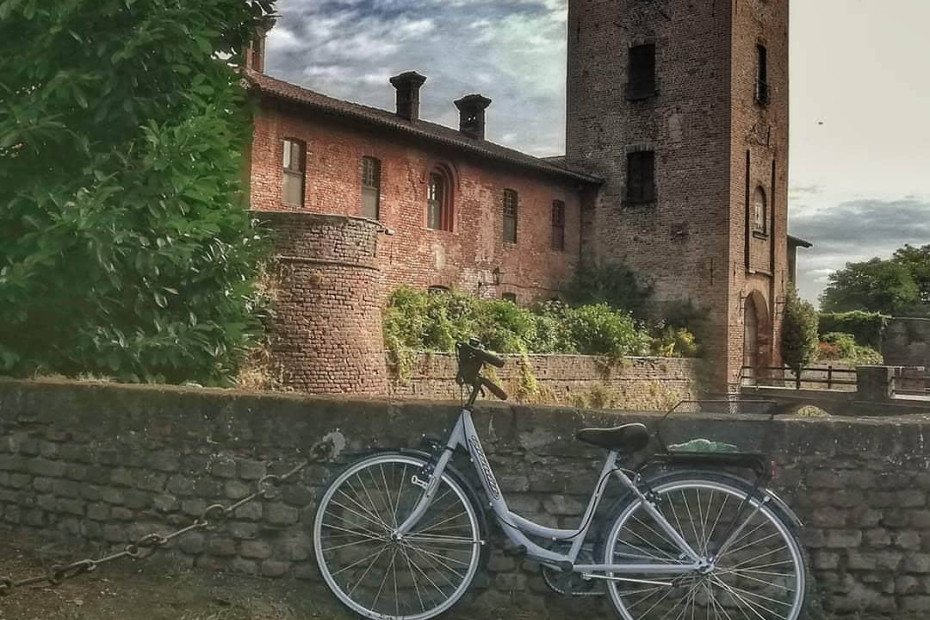
His castle, surrounded by greenery, is the oldest Borromeo estate in Lombardy. It is actually an agricultural building that was renovated and fortified in the early 1400s. The current appearance is the one desired in the second half of the 16th century by the then owner Renato Borromeo. The moat that surrounds it is still filled with water, a fact that is now very rare. The centuries-old plants in the walled garden, the courtyard, and the frescoed rooms contribute to create a unique atmosphere for those who know how to appreciate the privacy guaranteed by the special features of the place.
Ph: IG foto_di_angelino
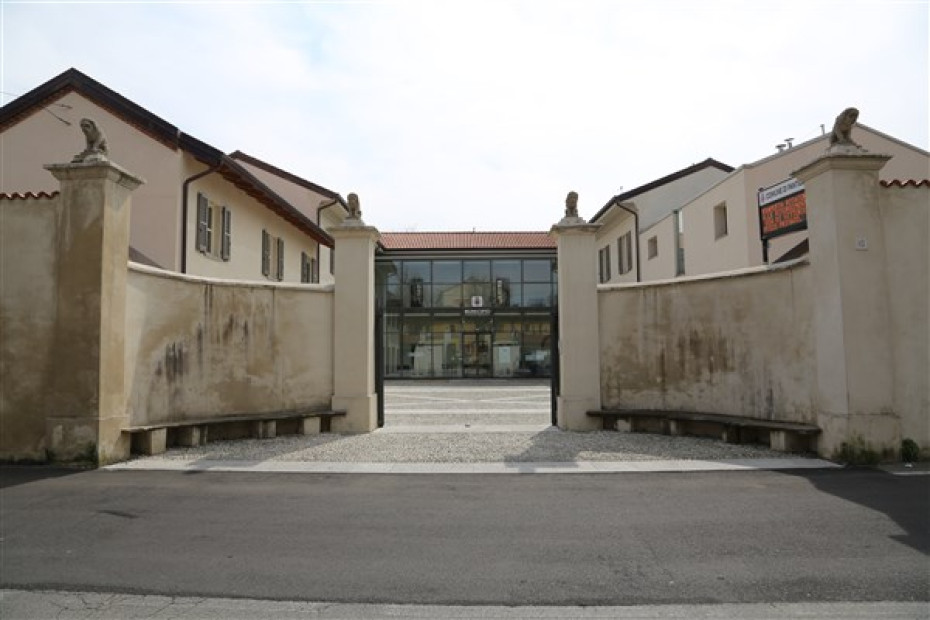
The Villa Mora Park Point is located in the historic setting of the Villa of the same name, the current seat of City Hall. The primary objective is to enhance the historical testimonial aspect and ecological landscape values, restoring Villa Mora to its former glory. Proposals and initiatives capable of making environmental and cultural resources "usable." From here one can easily reach sites of naturalistic-environmental interest such as Il Carengione, the "Sorgenti della Muzzetta" Nature Reserve, a Natura 2000 Site of Community Interest, and some of the fountains in the area.
Ph: cittametropolitana.mi
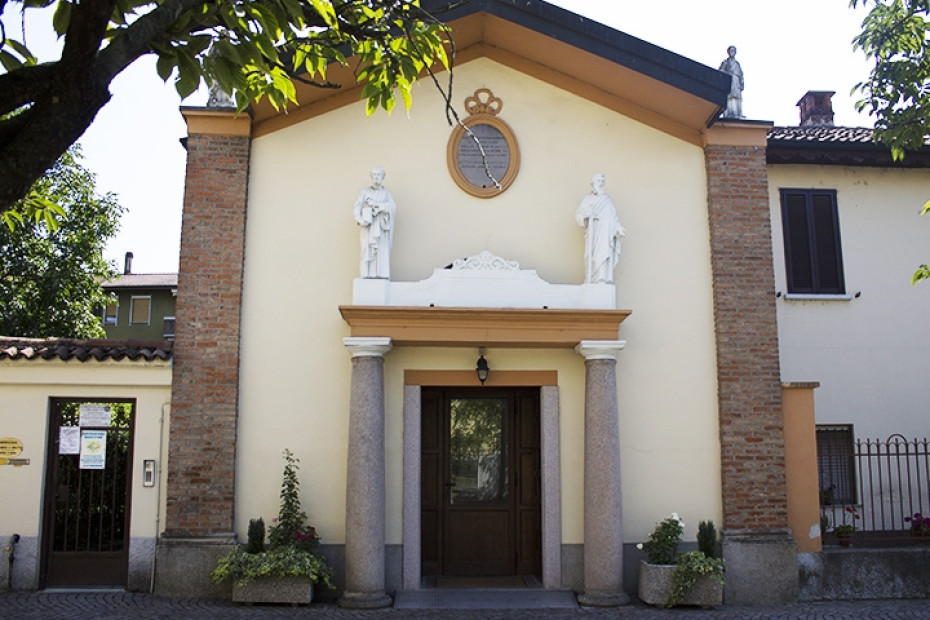
The Villa Mora Park Point is located in the historic setting of the Villa of the same name, the current seat of City Hall. The primary objective is to enhance the historical testimonial aspect and ecological landscape values, restoring Villa Mora to its former glory. Proposals and initiatives capable of making environmental and cultural resources "usable." From here it is easy to reach sites of naturalistic-environmental interest such as Il Carengione, the "Sorgenti della Muzzetta" Nature Reserve, a Natura 2000 Site of Community Interest, and some of the springs in the area.
Ph: paullese415.it
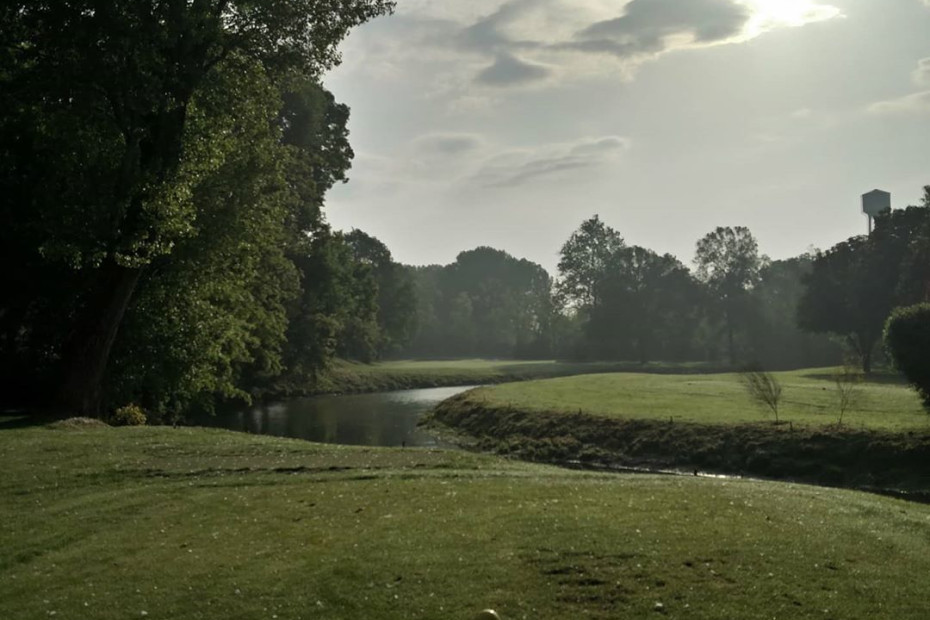
Of its historical-architectural heritage, the current parish church, dedicated to St. Vitus and dating back to the 17th century, the old parish church, dedicated to St. Barbatian and probably built toward the end of the 11th century, the remains of an old convent perhaps of the Hierolamines, the church of St. Magdalene in the village of Zoate, and the small oratory of Saints Gervasius and Protasius in Lanzano are worth mentioning. A beautiful golf course in the village of Zoate is always a favorite destination for lovers of this sport who can spend a wonderful day in relaxation and serenity.
Ph: IG zoategolfclub
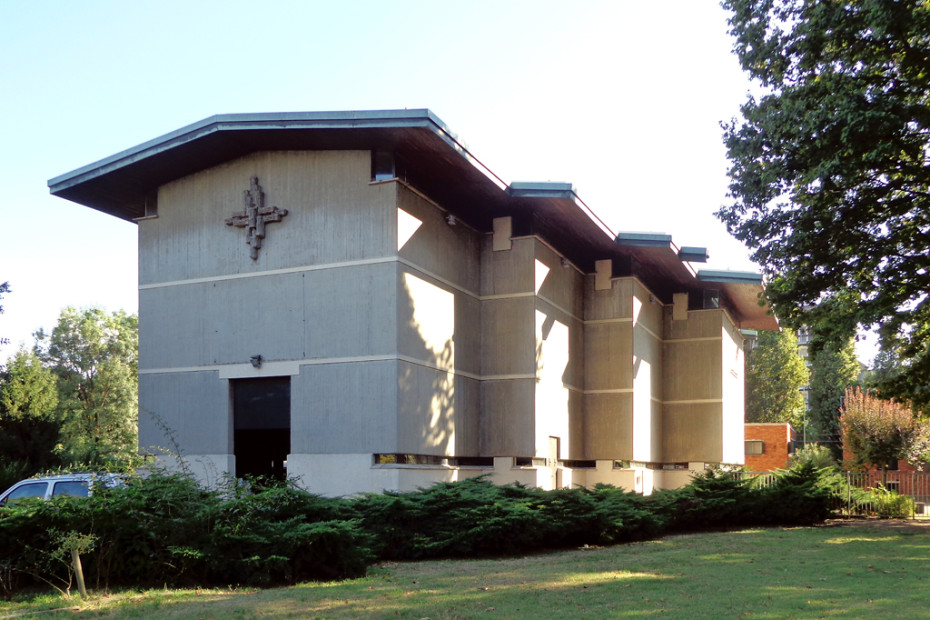
When Snam came under the direction of Enrico Mattei the methane city was built: Metanopoli. After his death, to keep his memory alive, the city wanted to dedicate a church to the saint whose name it bore. St. Henry's was built by combining sober styles and decorative elements laden with symbolism. Notable monuments include the 17th-century parish church of San Donato Martire, the mid-15th-century church of Santa Maria Assunta in Poasco, the Oratory of the Holy Cross and the former Villa D'Adda in Triùlzo, the church of Santa Scolastica in Bolgiano, the Casa Roma and the Ronco farmstead.
Ph: wikipedia
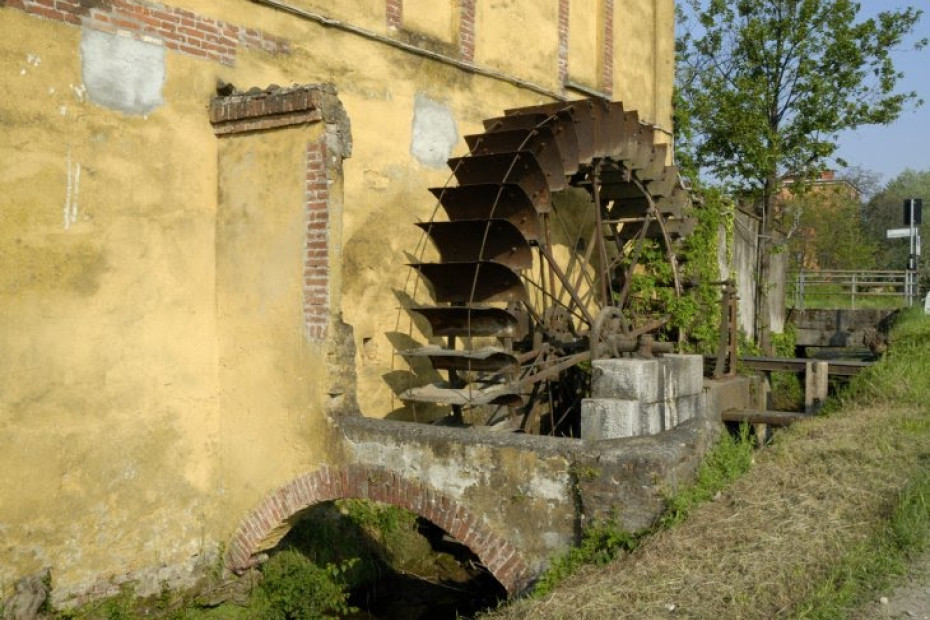
The elements that marked the transformation of the plain into a highly productive irrigated agricultural system are evident: farmsteads, rural nuclei, the dense hydrographic network, fountains, tree rows. Mills were located along the main waterways; in the 18th century there were as many as 15 distributed throughout the municipal area. They were indispensable as the product of the land had to be turned into food. Typical of the countryside were the "Conserve," straw pyramids for keeping ice. The town's large icehouse served the city of Milan.
Ph: mapio.net
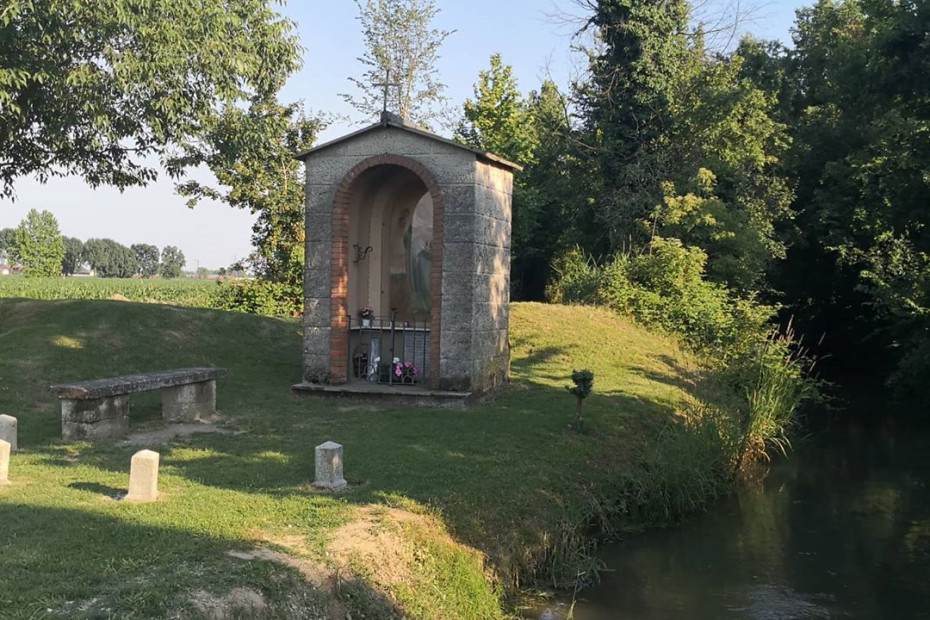
There still exists the Convent-Monastery, consisting of a massive building with monk cells, refectory and chapter house, all in perfect monastic style, with beautiful paintings and ornamental roundels in the upper band. However, the old monastery remains the most outstanding monument of the past. Abandoned by the Cistercians, it became the property of the Visconti family, who used this area as a hunting reserve. Worthy of note are the church in Balbiano, dedicated to St. James the Greater, and the parish church in Colturano, dedicated to St. Antonino.
Ph: IG jworlds
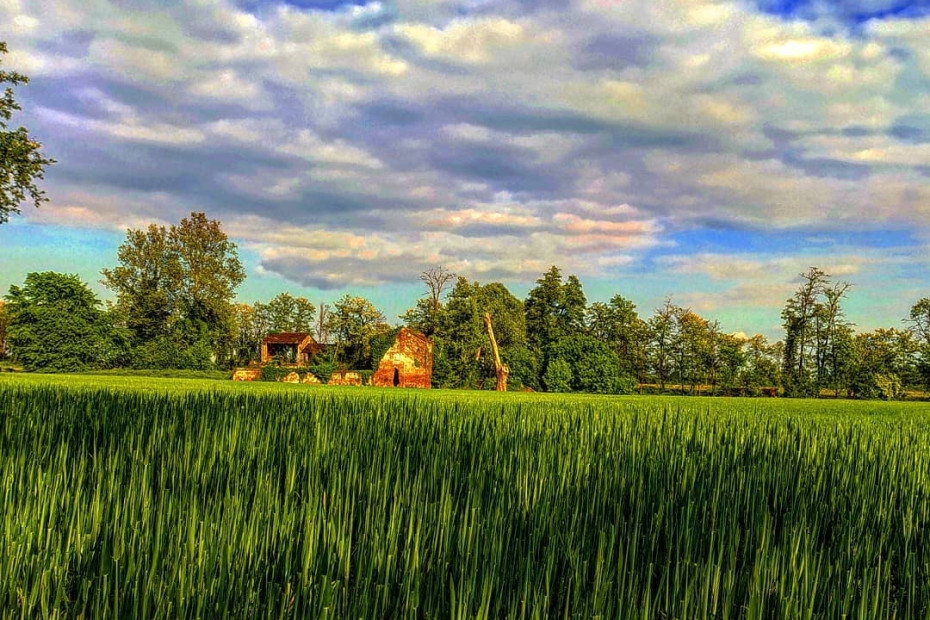
While passing through these parts, the parish church, dedicated to St. George Martyr and built in the second half of the 19th century on an older house of worship, and the small church of the Nativity of Mary, recently built in the Madonnina Village, are worth a visit. The historic center of Dresano boasts the old Belpensiero farmstead, whose farmyard is home to a centuries-old plane tree. The farmstead is already mentioned in historical sources from the 1500s and is still surrounded by fields. The healthiness and fertility of the place was due to the reclamation work of the monks who restored the area that had become marshy
Ph: IG black_color_70
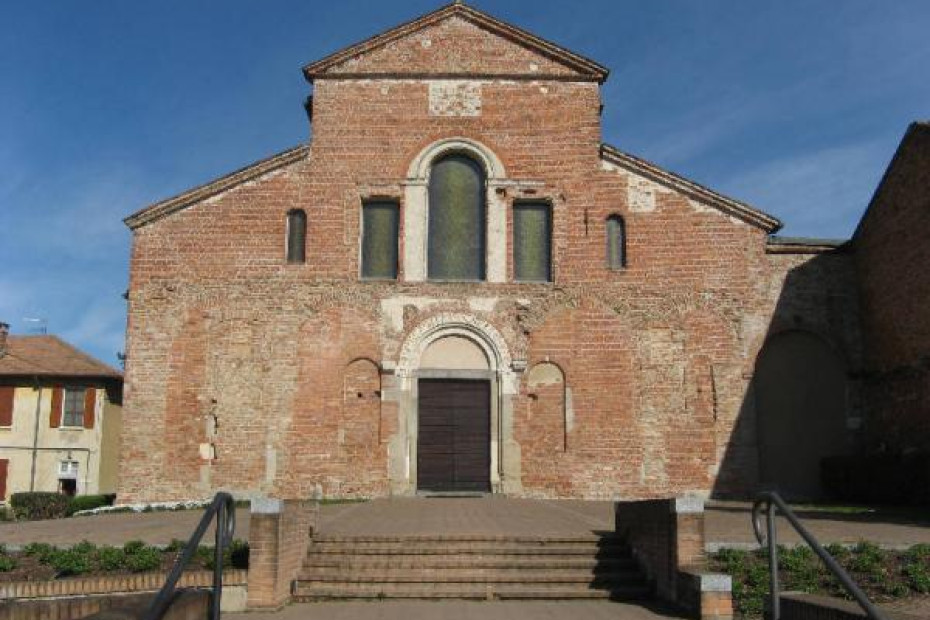
The oldest signs of human presence in the territory date back to Roman times, in particular, the existence of a "gens Calvia" who owned one of the "fundi Calventiani" as evidenced by the Latin inscription known as the "Table of Velleia" (2nd cent. B.C.) and as evidenced by the various archaeological finds incorporated right in the Basilica of Calvenzano, the most important historical building located in the territory, around which a residential nucleus of the community of settlers who worked the lands of the fund is thought to have arisen. The common term "vicus" indicated in Roman times the rural village.
Ph: 7days.info
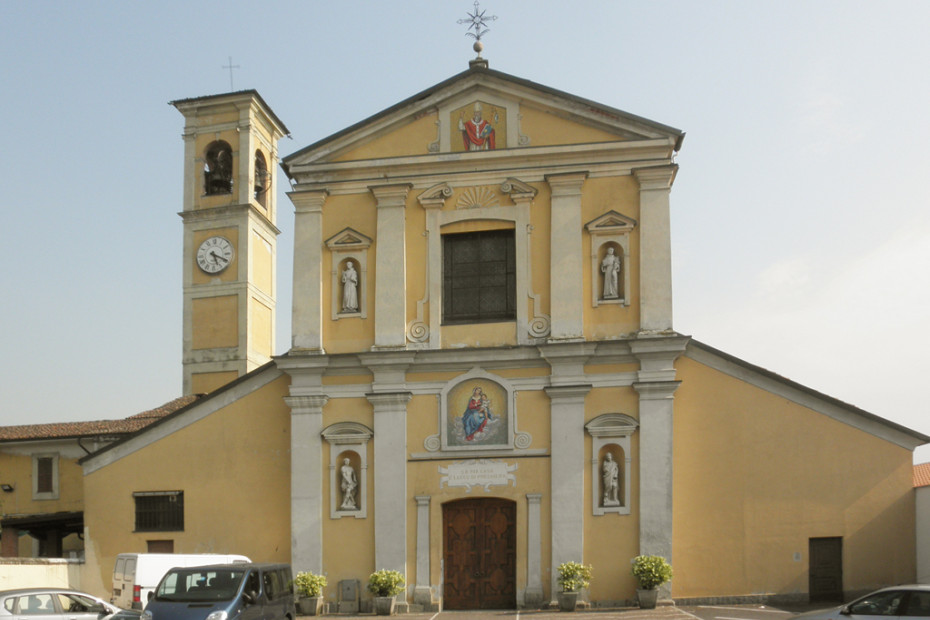
It has been inhabited since very ancient times, as evidenced by the discovery of some archaeological finds dating back to the seventh century B.C. and probably referable to the Celtic tribe of Gauls. Its historical-monumental heritage includes the parish church, built between the 17th and 18th centuries on a pre-existing building of worship that dated back to the 10th century, the Caccia-Dominioni villa, the 17th-century oratory of San Giorgio in Ceregallo, and, in the locality of Santa Maria in Prato, the church of Santa Maria della Neve, predating the year 1000, preserves valuable frescoes in its interior.
Ph: wikipedia

The Church of Saints James and Christopher can be assumed to have existed since 1398. It became a "parish" in 1700, when the present facade was erected: it was consecrated in 1893 by Bishop Giovanni Battista Rota of Lodi. In the hamlet of Riozzo are the church of San Lorenzo and the small church of San Rocco from 1517. The latter is rich in works of art: the Madonna and Child, placed in front of the altar, dates from the 14th century and was built by the Master of Viboldone sculptures, while the Procession of St. Gregory and St. Eurosia, painted by Cesare Fiori, dates from 1673.
Ph: corrieremilano.it
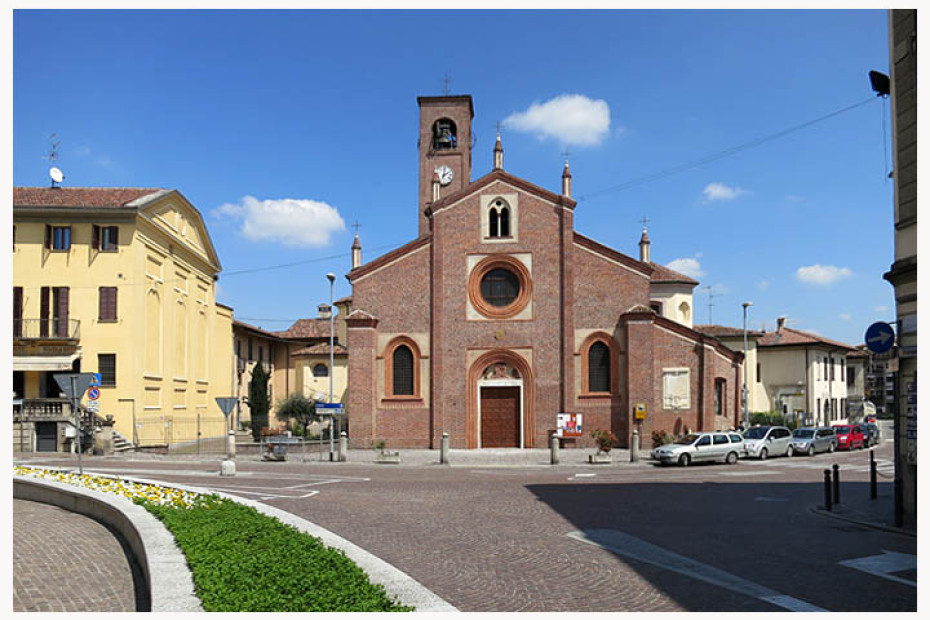
The life of Bernabò Visconti and his stay in these lands were the source of legends that are still passed down today. The tale of the excommunication is the best known: he is said to have forced the Pope's two ambassadors to eat the bubble made of animal skin piece by piece, threatening to make them drink Lambro water. Monuments include the 14th-century castle, the 15th-century Palazzo Broletto, home of the town hall, the 19th-century Trombini kindergarten, the provostry of St. John the Baptist and the churches of San Rocco, Santa Maria del Carmine and Servi di Maria.
Ph: bellaitaliainbici.it

You cannot talk about Carpiano without extolling its farmsteads. They are ancient architectural complexes that over the centuries have borne witness to the agricultural vocation of this area, thanks to the fertile irrigated plain. They are places with fascinating stories to tell, from the work of the mondine to artistic treasures, from the passion for animals to the great generosity of dairy cows, among the most productive in the Po Valley. The farmsteads of Carpiano are: Arcagnago-Zunico-Belvedere-Bruciata-Calnago-Faino-Liberia-Longora-Ca' Matta-Muraglia-Nuova-Ortigherio-Poiago, all still functioning.
Ph: tripadvisor
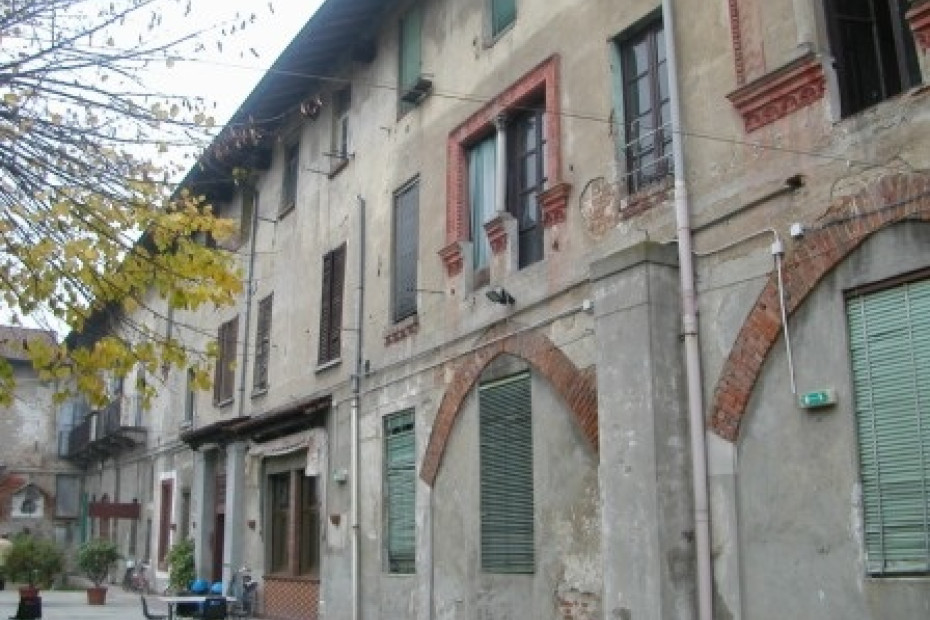
The shrine of St. Mary of the Fountain, also visible in the background of the Leonardesque fresco on the altar of the lower church, was built over a resurgent spring. Consisting of three overlapping churches, from a distance the slender bell tower, almost 35 meters high, can be seen towering right on the edge of the river terrace. Originally, a tabernacle dedicated to the Virgin Mary had been erected there: the waters of that place must have been attributed miraculous properties, but there is no documented trace of a specific event that could have started the fame of this magnificent place.
Ph: milanoneicantieridellarte.it
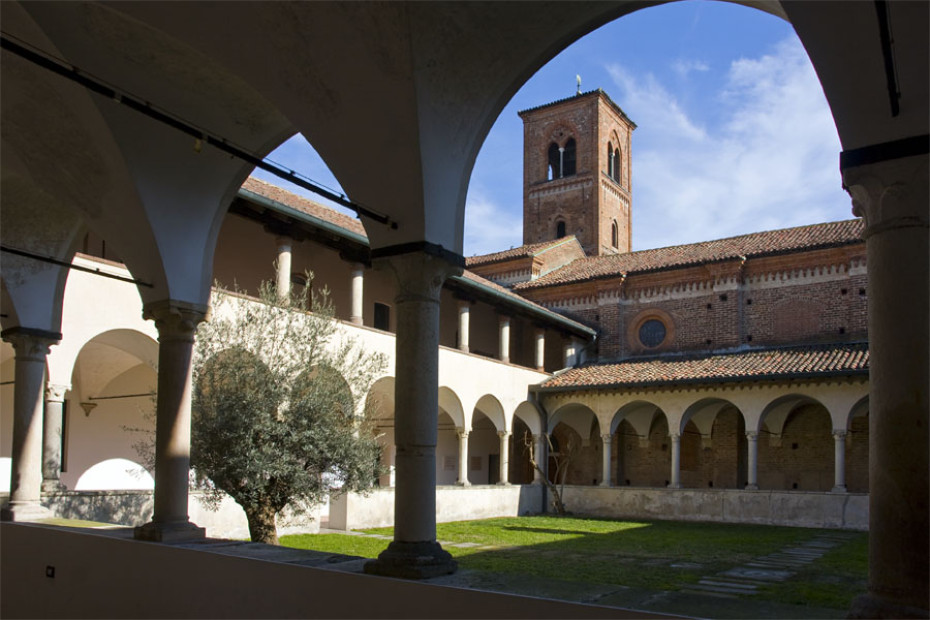
The shrine of St. Mary of the Fountain, also visible in the background of the Leonardesque fresco on the altar of the lower church, was built over a resurgent spring. Consisting of three overlapping churches, from a distance the slender bell tower, almost 35 meters high, can be seen towering right on the edge of the river terrace. Originally, a tabernacle dedicated to Our Lady had been erected there: the waters of that place must have been attributed miraculous properties, but there is no documented trace of a specific event that could have started the fame of this magnificent place.| Ph: wikipedia
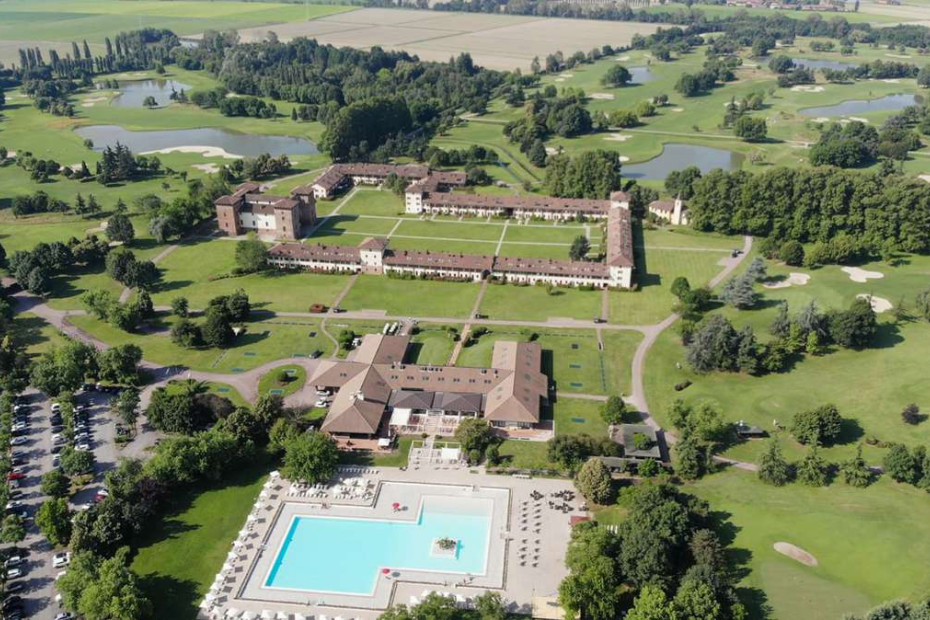
The Tolcinasco Castle, the only example of an agricultural castle in Lombardy at the time, dates back to the 16th century. Its construction was the work of the D'Adda family: the building shows an original use as a granary, achieved through a load-bearing structure that opens into a large archway that allowed the transit of wagons and their storage in rooms located on the upper floor, with a sloping floor to let the grain flow downward. Despite its fortress-like appearance, it was never used for defensive purposes or military control, but solely for rural activities.
Ph: 1golf.eu
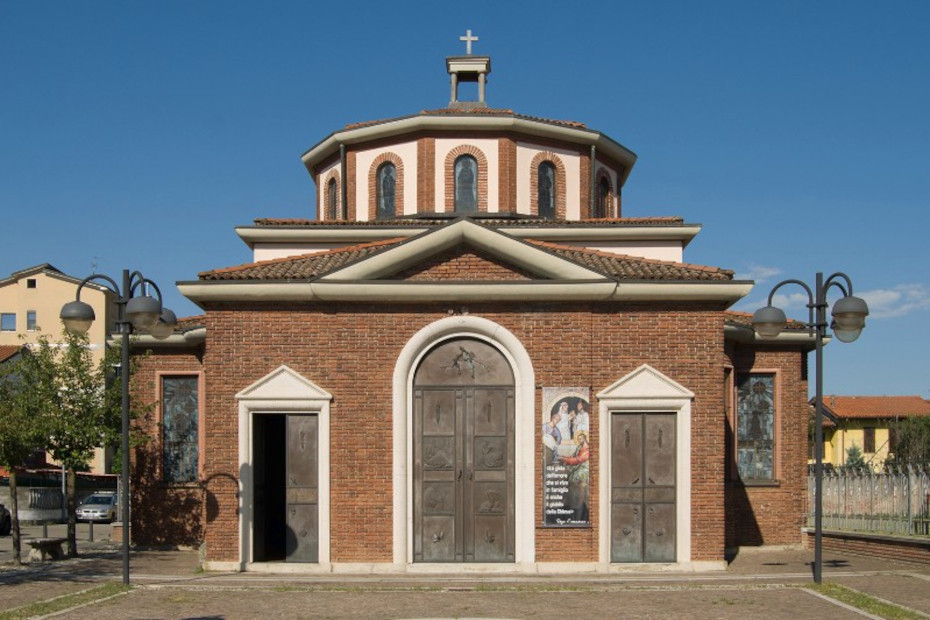
Bathed by the waters of the Ticinello, in ancient times the municipal territory was part of the feud of Moncucco owned by the Visconti family of Fontaneto. The current coat of arms is composed of the most classic of heraldic figures: it seems legitimate to support the thesis that the two bands of blue that cross it allude to the Naviglio di Bereguardo and the Naviglio Pavese. The most valuable historical building is undoubtedly the parish church of San Michele dedicated to the archangel as early as the 14th century, whose reconstruction began in 1605, the time when Cardinal Federico Borromeo visited.
Ph: beweb.chiesacattolica.it


